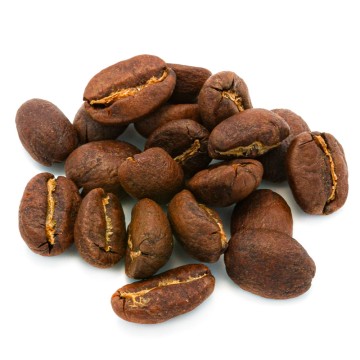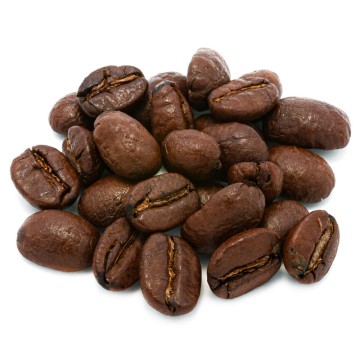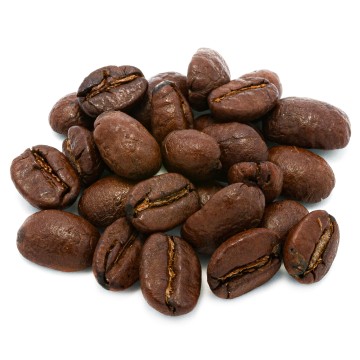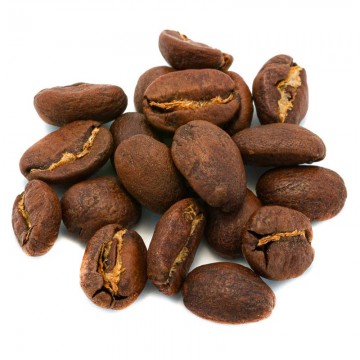The union between coffee and vanilla is ideal for those who want to replace the classic coffee break with a moment of sweetness, in fact vanilla has a strong sweetening power and the result is a drink with sweeter and more delicate taste than a normal coffee, as long as you don't overdo it with vanilla of course which has a very intense aroma. Or you can simply prepare a coffee with already flavored beans.
Vanilla and the coffee plant, origin of the plants and diffusion
The marriage between vanilla and coffee cannot be very ancient, for the same reason that the one between coffee and cocoa cannot be, vanilla is also native to the American continent, while coffee originates from Africa, particularly Ethiopia. Probably most people are unaware that vanilla is obtained from an orchid native to Mexico whose scientific name is Vanilla planifolia, it belongs to the Vanilla genus which has around a hundred species (but vanilla is only obtained from this one) and to the Orchidaceae family. The plant, like most orchidaceae, appears as a climbing liana that climbs the trunk of other trees. You may read somewhere that orchids feed on the plants they climb, behaving like parasites, but this is false, they are instead epiphytic plants that in most cases just need support. The most famous characteristic of Vanilla planifolia are the fruits, capsules (not pods) from which the famous spice used in cooking is obtained.
Now vanilla, just like coffee and cocoa, is cultivated in areas of the world very far from its area of origin, such as Madagascar, many countries in Central Africa and Southeast Asia , that is, the entire equatorial zone, but it was not at all easy to make it take root elsewhere. Europeans soon fell in love with it, it was already popular at the court of Louis XIV but attempts to cultivate it elsewhere failed until it was realized that pollination needs help. In nature in the regions of origin it is carried out by insects of the Melipona genus (stingless bees), elsewhere it is carried out by hand, a very delicate procedure discovered by a young slave on the island of Réunion in 1800. Precisely the island of the Ocean Indiana (also known as Bourbon) and Madagascar were the first vanilla centers outside of Mexico. Coffee is native to Africa or at least Coffea arabica which comes from Ethiopia is, but so is Coffea canephora (from which robusta is obtained) whose point of origin we are less specific but it is identified in a band of 'Central West Africa.
It is a shrub or small tree that grows up to a maximum of about ten meters, with large oval-shaped leaves, small white flowers gathered in bunches at the base of the leaves and fruits which are oval-shaped, red or purple drupes when fully ripe, which contain two seeds. Coffee as it is known is obtained from dried seeds. Arabica simply because it was the Turks who introduced it to Europe in 1600, in Ethiopia, its land of origin, seeds and leaves were initially used in another way, since the 9th century (at least), adding them to other foods and therefore eating them, the drink it arrives later but still long before coffee arrived in Europe, in Ethiopia there is a real coffee ceremony. The first coffee shops we know of were in Yemen, probably also for this reason the Arab country for a long time disputed with Ethiopia the paternity of coffee but also that of the place of origin of Coffea arabica, but modern scientific methods leave no doubts .
In Europe in 1700 the craze for coffee and cafés already broke out, but coffee did not take root in the European climate, it did not take long for the European colonizers to understand that instead the tropical belt and equatorial regions of Central and South America could provide an ideal environment. The rest is history, today Brazil is the world's largest producer of coffee and some of the finest coffees come from some Central American countries,



 No reward points for this product.
No reward points for this product.















